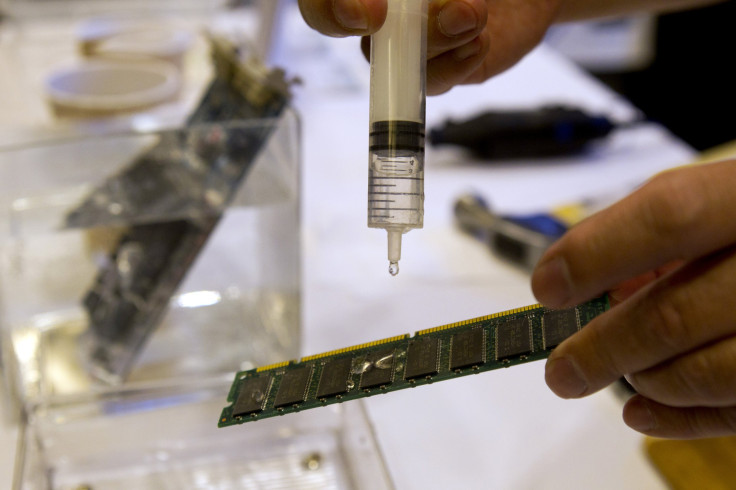Synthetic DNA Does Math Using Analog Circuits

DNA circuits aren’t exactly new — they have previously been designed to solve problems like calculating square roots and playing games like tic-tac-toe — but they have almost always been digital, which is to say, information they process is translated into the binary code of zeroes and ones. But researchers from Duke University have made a nanoscale computer that uses synthetic DNA and is analog.
Think of it like the difference between a regular calculator and an abacus.
Unlike electrical circuits that rely on voltage as signals, “DNA circuits use the concentrations of specific DNA strands” to convey information, according to a statement on the Duke website. When performing a calculation, the digital DNA circuits require “special circuitry to convert” the “concentrations of specific DNA molecules” to a binary code. In contrast, the analog DNA circuit measures the varying concentrations directly.
The circuit made by the Duke team, led by John Reif, can perform addition, subtraction and multiplication, based on the formation and breaking of bonds between strands of the synthetic DNA in a test tube. The researchers “are also designing more sophisticated analog DNA circuits that can do a wider range of calculations, such as logarithms and exponentials,” the statement added.
However, analog DNA circuits — which “can be far tinier than” the conventional silicon circuits — are incredibly slow compared to the silicon ones used in modern computing, potentially taking hours to perform calculations.
“We can do some limited computing, but we can’t even begin to think of competing with modern-day PCs or other conventional computing devices,” Reif said.
One advantage the analog DNA circuits have over digital circuits is that they require fewer DNA strands. They are also better equipped “for sensing signals that don’t lend themselves to simple on-off, all-or-none values, such as vital signs and other physiological measurements involved in diagnosing and treating disease.”
DNA circuits can also work in wet conditions, such as inside the bloodstream or other places inside the body, making them potentially useful in medical applications.
The statement explains that the circuit “takes advantage of DNA’s natural ability to zip and unzip to perform computations. Just like Velcro and magnets have complementary hooks or poles, the nucleotide bases of DNA pair up and bind in a predictable way.”
The Duke team has detailed its approach in a paper published in the journal ACS Synthetic Biology, in which it describes “how DNA circuits to compute polynomial functions of inputs can be built. Using Taylor Series and Newton Iteration methods, functions beyond the scope of polynomials can also be computed by DNA circuits built upon our architecture.”
© Copyright IBTimes 2024. All rights reserved.




















